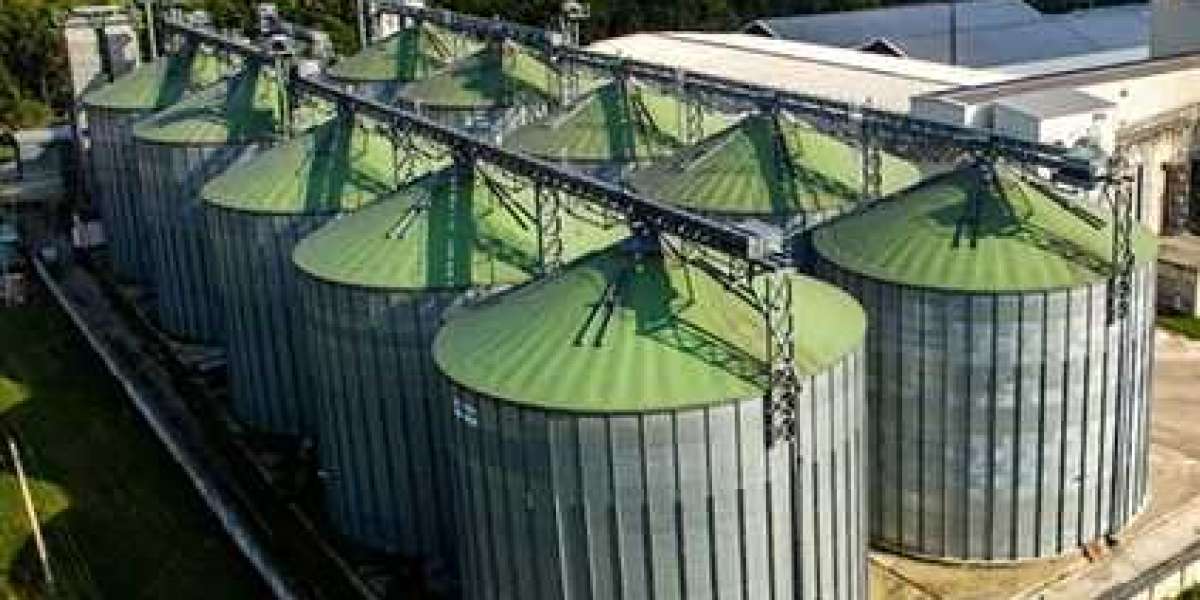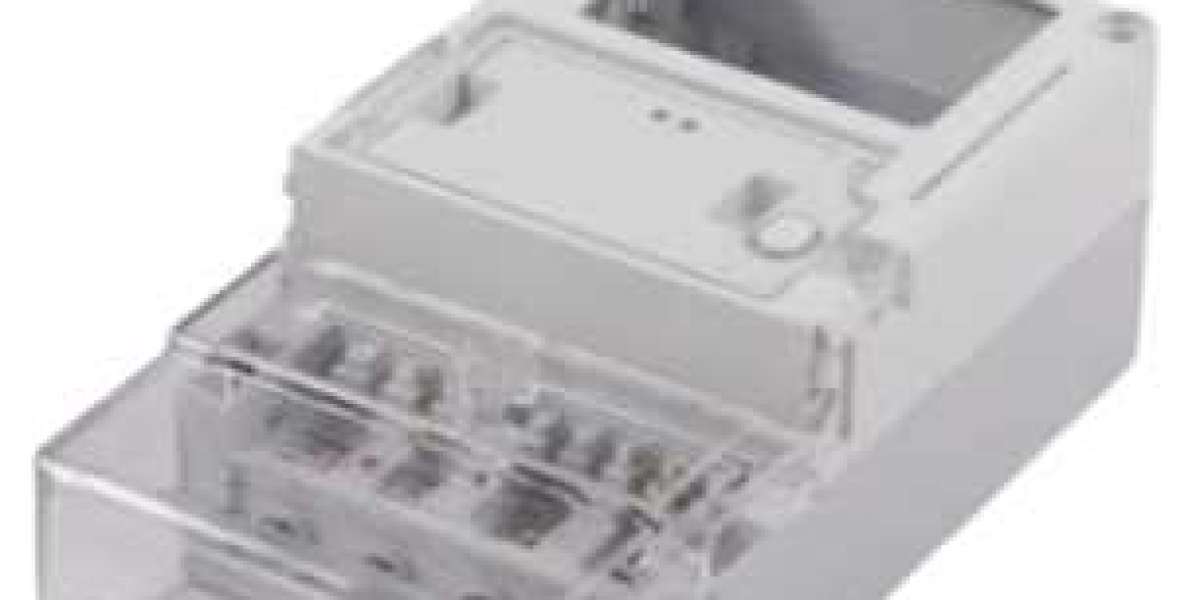As the pace of industrialization accelerates, environmental pollution issues are becoming increasingly severe, with industrial dust pollution being particularly prominent. To address this issue, various dust removal equipment has emerged, among which pulse jet dust collectors, with their advantages of high efficiency, energy saving, and environmental friendliness, have gradually gained importance in industrial production.
The pulse jet dust collector, abbreviated as pulse dust collector, is a dust removal device that utilizes pulse jet cleaning technology. It mainly consists of a filtration chamber, pulse cleaning system, ash discharge system, and control system. When dusty gas enters the filtration chamber, the dust is captured by the filter bags, while clean air is discharged through the filter bags. As the filtration time increases, the dust on the filter bags gradually accumulates, leading to an increase in filtration resistance. At this point, the pulse cleaning system is activated, using high-pressure gas to instantly blow the dust attached to the filter bags, which then falls into the ash discharge system and is expelled.
The pulse jet dust collector has many advantages. Firstly, it boasts high dust removal efficiency. By optimizing the material and structure of the filter bags, pulse dust collectors can achieve a dust removal efficiency of over 99%, effectively reducing industrial dust emissions. Secondly, pulse dust collectors have low energy consumption. The pulse jet cleaning technology enables quick and thorough cleaning, reducing equipment operating resistance and thus energy consumption. Additionally, pulse dust collectors are characterized by their simple structure, convenient maintenance, and stable operation, making them widely used in industrial production.
The application fields of pulse jet dust collectors are extremely broad. In industries such as metallurgy, chemical engineering, building materials, and power, pulse dust collectors are widely used in processes such as raw material crushing, grinding, screening, and packaging, effectively reducing dust pollution. Moreover, in industries such as cement, ceramics, and glass, pulse dust collectors also play a significant role, providing strong guarantees for environmental protection in the production process.
However, pulse jet dust collectors still face some challenges in practical applications. Firstly, suitable filter bag materials and structures need to be selected to ensure dust removal efficiency, considering the dust characteristics of different industries and processes. Secondly, the design and operating parameters of the pulse cleaning system have a significant impact on dust removal efficiency, energy consumption, etc., requiring fine control. Finally, with increasingly strict environmental policies, pulse dust collectors need to undergo continuous technological upgrades and innovations to meet higher environmental requirements.
Looking to the future, pulse jet dust collectors will continue to play an important role in the field of industrial cleanliness. With the continuous emergence of new materials and technologies, the performance of pulse dust collectors will be further enhanced. At the same time, the development of intelligent and automated technologies will provide more convenience for the operation and management of pulse dust collectors. We look forward to pulse jet dust collectors making greater breakthroughs in solving industrial dust pollution problems and contributing to the construction of a green, low-carbon, and sustainable industrial ecological environment.
In summary, pulse jet dust collectors, with their advantages of high efficiency, energy saving, and environmental friendliness, play an important role in industrial production. With the continuous progress of technology and the expansion of application fields, pulse dust collectors will continue to write new chapters in the cause of industrial cleanliness.






